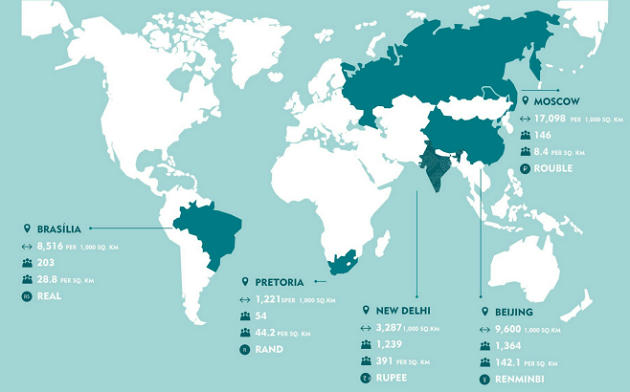Table of Contents
WHAT JUST HAPPENED?
- Brazilian President Jair Bolsonaro said recently that the South American nation will drop its requirement that visiting Chinese and Indian tourists or business people obtain visas.
BRAZIL–INDIA
- In 2016, trade between the two nations had increased to US$5.64 billion

- If Indians are visiting countries like – – Belarus, Bhutan, Dominica, El Salvador, Fiji, Grenada, Haiti, Hong Kong, Jamaica, Macau, Mauritius, Micronesia, Saint Kitts and Nevis, Saint Vincent and the Grenadies, Senegal, Serbia, Trinidad and Tobago, and Vanuatu – – there are no requirements for Visa.
WHAT MEA SAID

BRAZIL’S MOVE AND BRICS VISA FREE TRAVEL IDEA

BRICS VISA FREE TRAVEL

BRICS VISA
- The idea of visa-free travel within the trade bloc was first proposed in 2013 at the 5th BRICS Summit in Durban. South Africa has already provided business people from BRICS easier access to the country.
- Russia too has relaxed visa norms for tourists and transit visitors from BRICS countries.
- India too offers e-tourist visa to citizens of all BRICS countries – Brazil, Russia, China and South Africa.
WHY BRICS NEEDS VISA FREE TRAVEL
- The BRICS association has mainly been an intergovernmental system with limited interactions between the private sector and citizens.
- Government-sponsored think-tanks are unable move away from the state-defined national agenda.
LONG TERM GOAL FOR BRICS
- While the vision for the BRICS may be, in the end, an EU-type model with free movement of goods, services, labour and capital, we are a long way from there. Limited resources, increasing trade protectionism, and lack of trust among members make it difficult to reach this destination.
- This can be facilitated by allowing collaboration by freeing up movement across the BRICS for businessmen, researchers, tourists, students and ultimately all citizens by easier visa regimes. A single BRICS visa for citizens of the BRICS countries wishing to visit each other can pave the way for removal of visa requirements for BRICS passport holders.
- The commitment to collaboration requires this as a first step. It is a necessary condition for creating people-topeople connect and building mutual trust and common interests.
Latest Burning Issues | Free PDF






















 WhatsApp
WhatsApp